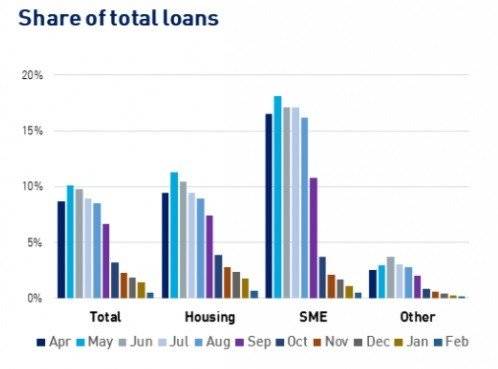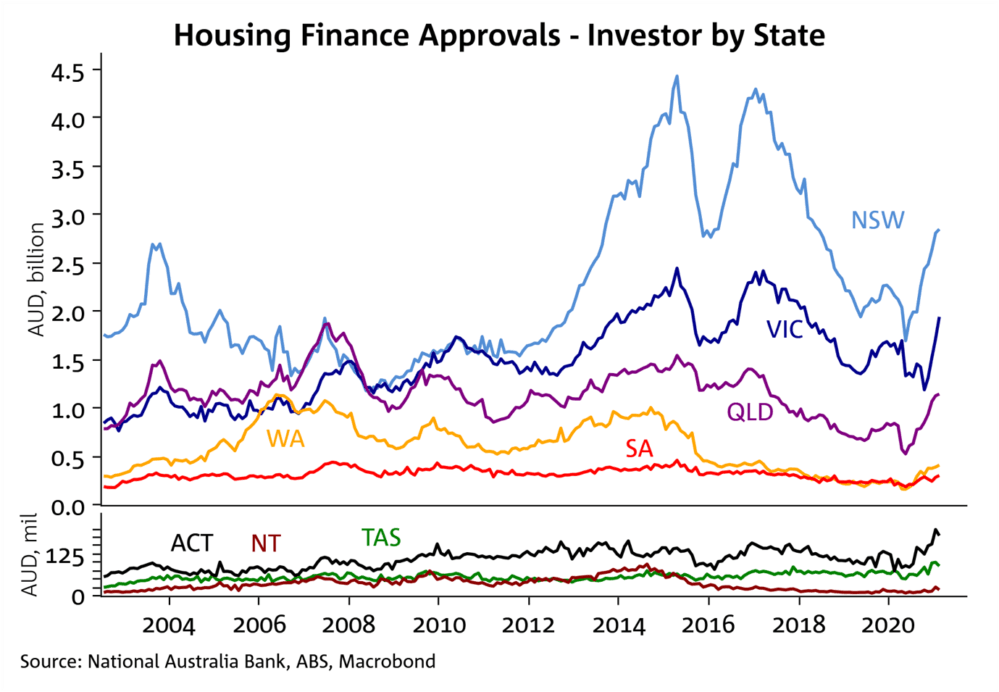I took some time over the long weekend to look at some articles and commentary that came out just a year ago when the GVC (Great Virus Crisis) was just beginning.
While the media was full of negative commentary, in these weekly Property Insider video commentaries Dr. Andrew Wilson and I gave measured commentary, based on the perspective we gained from many years in the market.
But this resulted in us being circled by a pack of “hangry” housing bears.
They were all confidently growling that local house prices would slump by the largest margin on record.
Of course, they were fuelled at that time by some crazy forecast from the banks and the perennial negative Perma Bears who were praying for the mother of all housing depressions.
Now the media is full of positive news and most of the bears have gone back hibernating in their caves, but some are still out there telling us the upturn in our property markets is just temporary.
Well…as I said there is so much good news in the media at the moment I don’t think we can cover all that’s happened in the last week, but watch this week’s chat with Dr. Andrew Wilson, Australia’s leading housing economist and chief economist of My Housing Market, to learn what’s really going on.
The mortgage cliff that didn’t materialise
Remember how the property pessimists were worried that we would fall off the cliff due to the many deferred home loans?
Many banks gave temporary relief to borrow is impacted by COVID-19, allowing them to defer payments for a period of time.
However, APRA reports that as of 28 February, a total of $14 billion worth of loans are on temporary repayment deferrals, which is around 0.5 per cent of total loans outstanding, down from $37 billion (1.4 per cent of total loans outstanding) in January.
Sure lots of homeowners and property investors took advantage of the mortgage safety net, but they didn’t need to use it and are now repaying their debts.
We’re not falling off of a fiscal cliff and our banking system is sound and stable – so it’s a pity the Negative Nellys created so much stress amongst those who listened to them last year.
I feel sorry for those who listened to them and either sold up or missed out on the profit-making opportunities the market has offered.
Watch this week’s video as Dr. Andrew Wilson and I discuss the current state of play.


Home loans show there are good times ahead:
The value of new loan commitments for housing fell by 0.4 per cent from a record-high $28.75 billion in January to $28.64 billion.
On the other hand, investors are back in the market with lending to investors rising by 4.5 per cent in February to 3-year highs of $6.94 billion, while lending to owner-occupiers fell by 1.8 per cent to $21.70 billion.
Watch this week’s video is Dr. Wilson explains how investor lending was particularly strong in Victoria
For owner-occupiers, the value of loans for construction rose 4.4 per cent in February to a record-high $4.25 billion.
Renovation loans rose 8.3 per cent to 11-year highs of $322.4 million.



Building approvals surging
February saw another big upside surprise for dwelling approvals which leaped 21.6% in the month to be up 20.1%yr.
The record house building approvals were driven by the government’s HomeBuilder program which has now have sparked shortages of key tradespeople and helped push the price of materials up by as much as 50 per cent.
Rampant demand in the renovation and home building sector is hitting customers with significant delays and pushing up the price of materials.
And disruptions to international supply chains are only making matters worse.
With dwelling approvals for houses at record highs, it’s likely we will see additional pressure growing on construction costs as demand continues to build for residential construction materials and resources.
Watch this week’s video is Dr. Andrew Wilson and I discussed how the lift in residential construction costs is also placing upwards pressure on inflation where housing costs receive the heaviest weighting within the CPI ‘basket’ of goods.
Although HomeBuilder has now been phased out at the end of March 2021, it’s highly likely we will see a continuation in this trend towards higher residential construction costs as it will take some time for builders to work through the surging pipeline of house approvals.


Job vacancies
Despite the concerns of double-digit unemployment, 90% of the jobs lost over Covid have been recovered.
In seasonally adjusted terms, job vacancies rose by 13.7 per cent or 34,800 to a record 288,700 available positions in the three months to February.
Vacancies are up 26.8 per cent or 61,000 available positions in February compared with a year ago.
Of course, JobKeeper has now ended and while there is some concern that more people become unemployed, the residential property boom if you’re in strong demand for construction workers.

..........................................................
 Michael Yardney is CEO of Metropole Property Strategists, which creates wealth for its clients through independent, unbiased property advice and advocacy. He is a best-selling author, one of Australia’s leading experts in wealth creation through property and writes the Property Update blog.
Michael Yardney is CEO of Metropole Property Strategists, which creates wealth for its clients through independent, unbiased property advice and advocacy. He is a best-selling author, one of Australia’s leading experts in wealth creation through property and writes the Property Update blog.
To read more articles by Michael Yardney, click here
